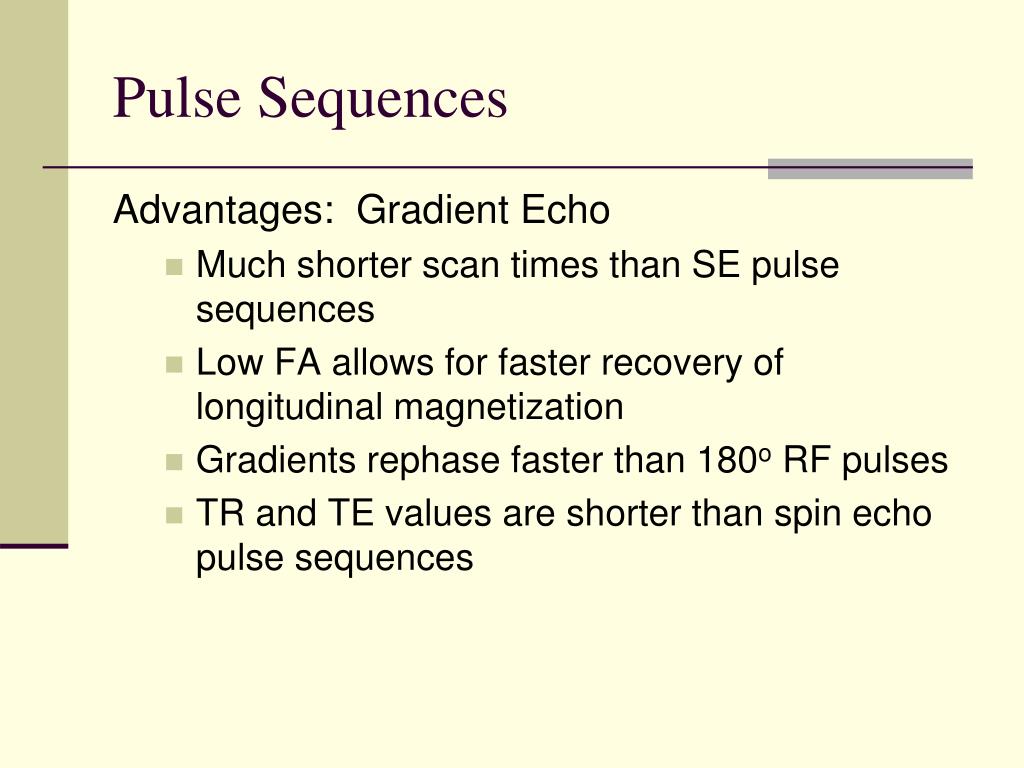

7 The history of traumatic bone fractures, delayed onset of a nonfocal neurologic dysfunction, the appearance of petechiae over the anterior chest, and marked abnormal signals over conspicuous sites on MRI supported the diagnosis of cerebral fat embolism in this patient. There are several reports of isolated neurologic disorder occurring after cerebral fat embolism. Despite the marked neurologic dysfunction in our patient, there were no obvious pulmonary symptoms or signs. This report presents a patient with cerebral fat embolism documented by the presence of multiple low signals on T2*-weighted gradient-echo MRI, in whom there was marked resolution of the previous abnormal findings.įat embolism syndrome has nonspecific and variable cerebral manifestations, including headache, lethargy, irritability, convulsions, and coma. To the best of our knowledge, no previous study has emphasized the diagnostic usefulness of gradient-echo MRI in patients with cerebral fat embolism. 6 Considering that the pathologic findings in cerebral fat embolism are characterized by multiple petechiae and purpura, and that T2*-weighted gradient-echo MRI is a sensitive method for detecting residual hemorrhage, this MRI sequence might aid the diagnosis of cerebral fat embolism.
#Ajnr silenz pulse sequence free#
5 Local inflammatory and toxic reactions by free fatty acid causes breakdown of the blood-brain barrier. 3, 4 The pathogenesis of disruption of the blood-brain barrier by cerebral fat embolism is still unclear, but it is thought that fat globules occlude the microvasculature, producing necrosis and hemorrhage in the surrounding parenchyma. There are several reports of magnetic resonance imaging (MRI) being a useful diagnostic tool for assessing cerebral fat embolism, 1, 2 with a few reports emphasizing that abnormal findings on diffusion-weighted MRI (DWI) have significant diagnostic value in acute cerebral fat embolism. Although such embolisms are diagnosed on the basis of clinical manifestations accompanied by hypoxemia, neurologic dysfunction, and petechiae, their neurologic symptoms are variable and often nonspecific. Cerebral fat embolism is an uncommon but serious complication of long-bone fractures.


 0 kommentar(er)
0 kommentar(er)
